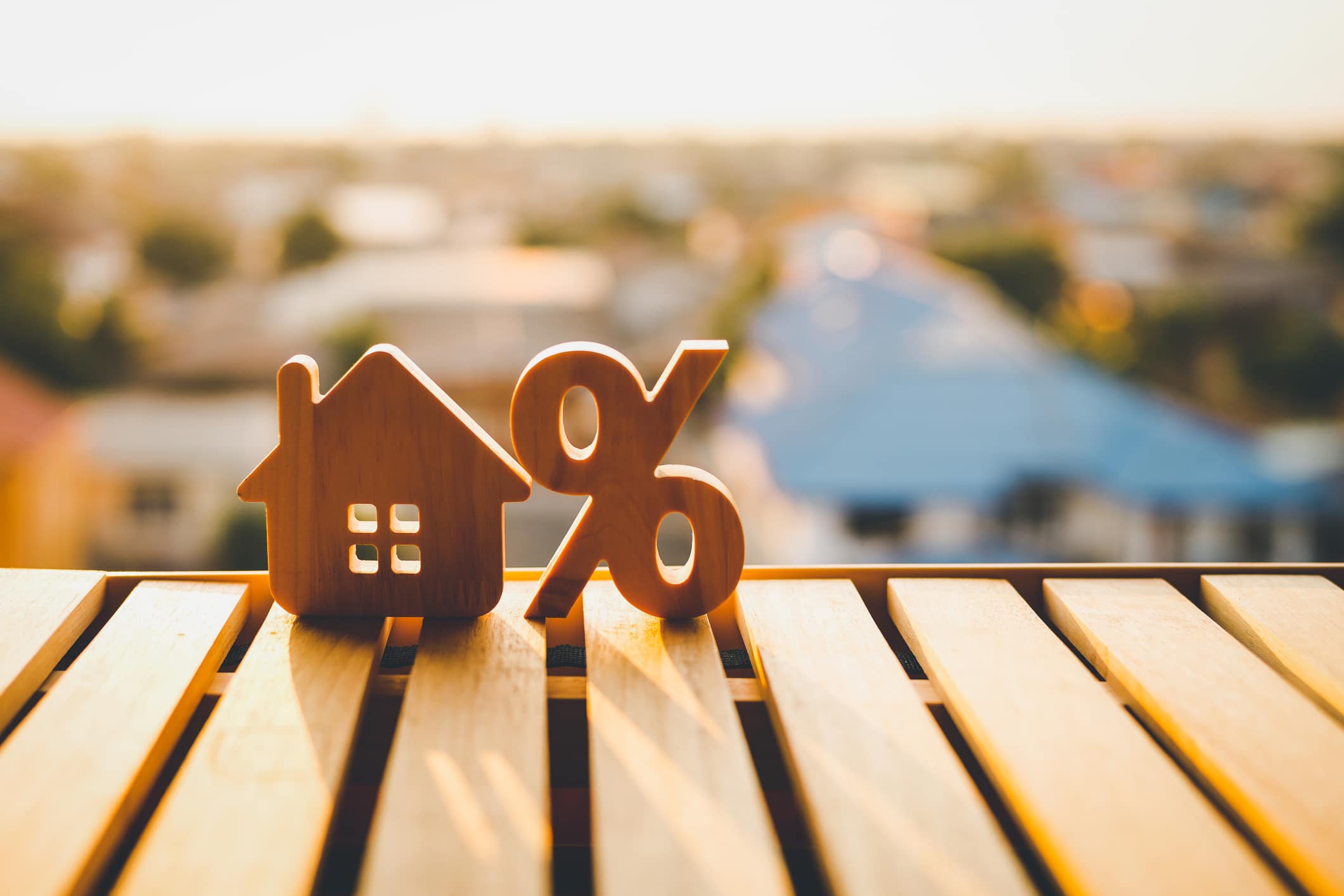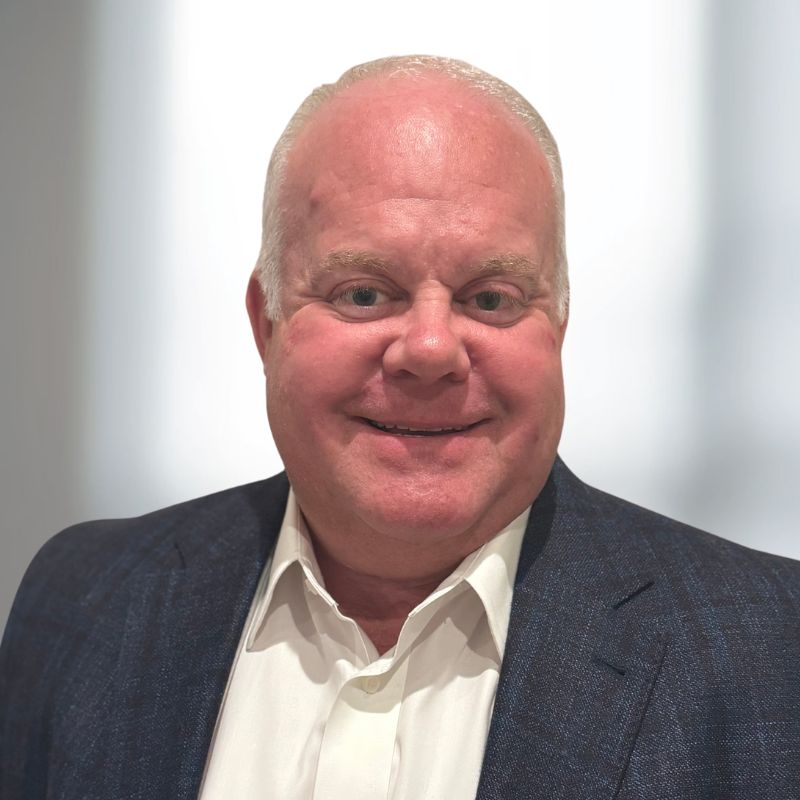The Low-Income Housing Tax Credit (LIHTC) has long been a cornerstone for financing affordable housing—but the new One Big Beautiful Bill (OBBB), introduced in May 2025, is shaking things up in a big way. Whether you’re a developer, investor, or funder, these updates offer major new opportunities to get projects off the ground faster, qualify more easily, and maximize return.
What is LIHTC?
LIHTC is the federal government’s go-to program for encouraging the development and rehab of affordable rental housing. It gives private developers and investors access to federal tax credits for building or renovating qualified properties.
There are two main types:
- 9% Credit: For new construction (no other federal subsidies). Highly competitive and limited by state allocations.
- 4% Credit: For projects with at least 50% financed through tax-exempt bonds. Non-competitive but harder to qualify for.
In return, developers agree to set aside a portion of units for lower-income tenants and maintain affordability for at least 30 years.
What’s Changing with OBBB
1. Bigger 9% Allocations = More Opportunity
States get a 12.5% boost in 9% credits from 2025–2029. That means more projects can get funded, especially those previously edged out due to limited allocations. More allocations mean fewer missed opportunities for well-qualified deals.2. Easier Access to 4% Credits
OBBB lowers the bond financing threshold from 50% to 25% for deals using tax-exempt bonds issued between 2026–2029. This change opens the door for far more projects to qualify for the 4% credit—especially in high-cost markets or where layered funding makes 50% hard to reach.3. Bonus Depreciation is Back
OBBB restores 100% bonus depreciation for qualified properties placed in service from Jan 19, 2025, through Jan 1, 2030. Immediate deductions boost your early cash flow and make projects more attractive to investors—especially institutional capital looking for upfront value.4. Expanded 30% Basis Boost
Until now, only properties in designated Difficult Development Areas (DDAs) were eligible for a 30% basis increase. OBBB broadens this benefit to include rural, tribal, and Opportunity Zone projects—no more waiting for annual HUD designation. You get more credit equity for projects in areas that often struggle to attract investment—rural and tribal communities in particular stand to benefit.5. More Fuel for Opportunity Zones
The Opportunity Zone program is extended through 2033 and adds a new twist: Qualified Rural Opportunity Funds. Investments in these rural OZ funds receive a 30% basis step-up after five years—a big jump from the standard 10%.` Immediate deductions boost your early cash flow and make projects more attractive to investors—especially institutional capital looking for upfront value.The Bottom Line
The One Big Beautiful Bill isn’t just a policy update—it’s a powerful boost to affordable housing investment. With increased credit allocations, relaxed bond rules, restored depreciation benefits, and new incentives for rural and tribal projects, now is the time to re-evaluate your pipeline.




